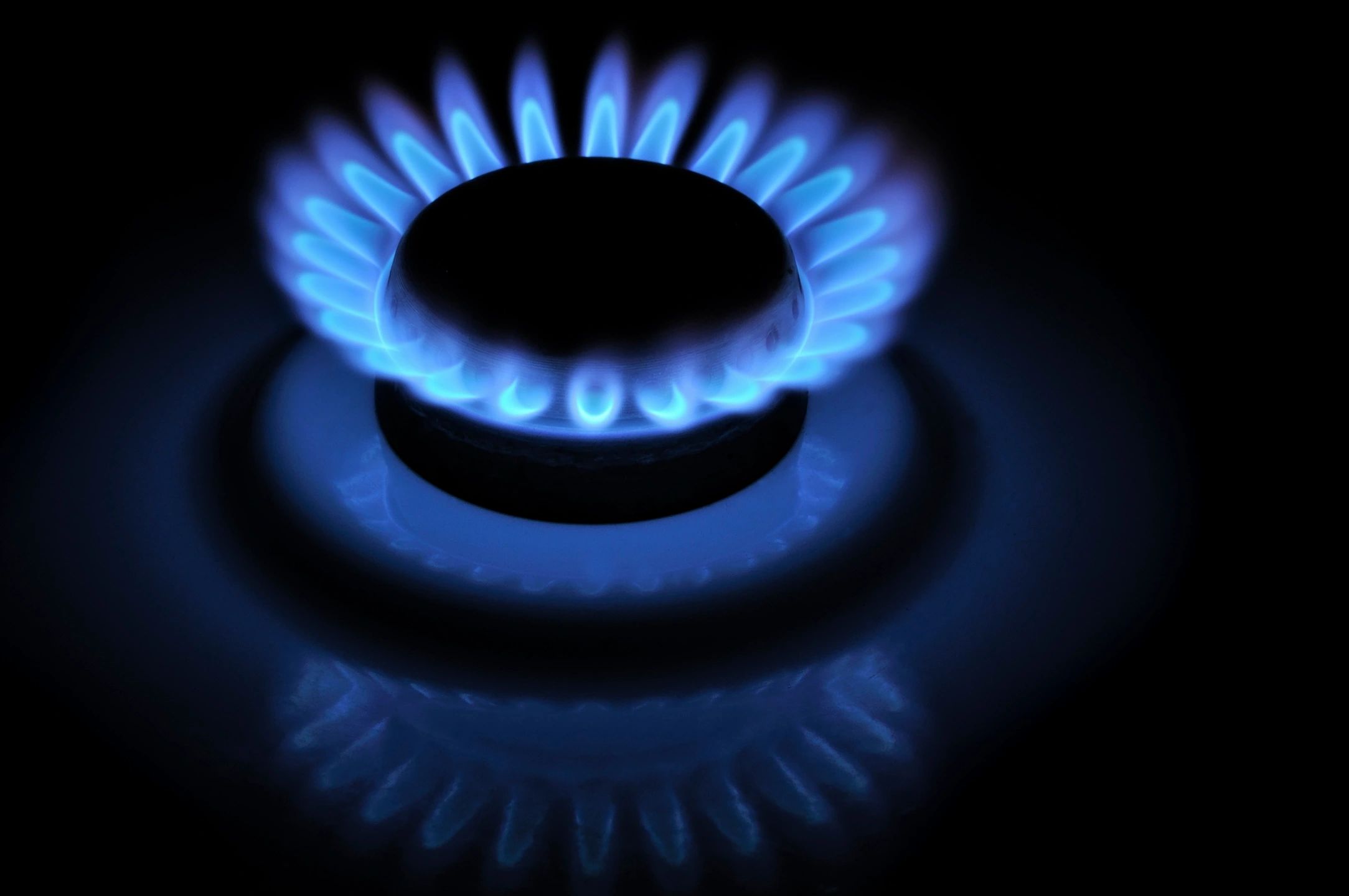If a federal agency and a wind power developer have their way, a swath half a football field wide will be cut through five counties and 89 miles of Kansas countryside, taken from landowners by eminent domain, for a massive high voltage power line. Adding insult to injury, Kansas ratepayers will foot the bill for the transmission line that will send electricity to other states.
The Southwest Power Pool, the regional federal electricity transmission organization that covers Kansas and other states, has asked the Kansas Corporation Commission to declare NextEra, the wind developer selected for the project by the SPP, a “public utility” that would allow the developer the power of eminent domain — the right to condemn private property from landowners who might not want to sell.
The project would cross farms and ranches in Coffee, Anderson, Allen, Bourbon, and Crawford counties before stretching into Missouri, connecting the Wolf Creek nuclear power plant to a substation in Jasper County, Missouri.
If approved, the line would send electricity that was originally intended to serve the Wichita and Kansas City metro areas to customers in Missouri, but Kansas customers will have to pay for the transmission line via higher electricity rates.
All while already paying some of the highest electric rates in the country.
The decision of whether to grant eminent domain and force rates higher will be made by the three KCC commissioners, two of whom were appointed by Governor Laura Kelly.
The reason for the line, according to SPP, is to relieve congestion on the electric system that exists principally in western Kansas because of the attachment of wind power.
‘Necessary’ determination required for eminent domain
While the SPP has declared the project “necessary,” state law requires the KCC to agree, something Jim Zakoura of Kansas Industrial Consumers Group and Kansans for Lower Electric Rates said is unclear.
“Power has moved from Wolf Creek since 1985,” Zakoura said in a phone interview. “So it seems to me that it’s hard to make the case that it’s a necessity to build this line because what might be necessary perhaps for the overall SPP, isn’t necessary for Kansas.”
In 2020, the last year for which figures are available, Kansas alone produced more than 54.5 million megawatt-hours of electricity. On any given day, Kansas can produce about 20,000 megawatts of power almost, which is almost half of what the entire SPP used — 43,661 mw/h — at the peak of the 2021 winter storm — and provides about a third of the total power pool available to the SPP.
Zakoura’s group — along with several industrial ratepayers — has filed a brief with the KCC seeking to intervene in the case and disputing that it is “necessary” for Kansas.
Additionally, Zakoura said the other states that are part of the SPP are reaping the benefits of Kansas energy production — without paying the price.
“All the at-the-ready plants that are necessary and required for continuous, reliable electric service are being paid for by principally retail ratepayers in Kansas and Oklahoma,” Zakoura said. “Principally Kansas (pays the biggest share) — the other 14 states are benefiting without paying the cost.”
With 7,000 megawatts of wind power attached to the grid in western Kansas, Zakoura said, Kansas ought to have much lower rates, but, because wind power is not “dispatchable,” meaning it cannot be relied on for continuous power, traditional generating systems are still required so Kansas has — in effect — dual electric systems.
“So instead of us having the lowest cost in the region and a powerhouse of economic development,” Zakoura said. “We ended up having two complete sets of electric generation and the highest retail electric rates in the mid-continent.”
The law allows public utilities to recover costs in transmission and generation expansion by requesting a rate increase from the KCC, which is rarely denied.
Kansans footing the bill
According to Zakoura, Kansas ratepayers over the last dozen years or so have paid $8.3 billion to upgrade the SPP transmission system and are already on the hook for $310 million annually in transmission costs.
Moreover, the costs of transmission and additional generating capacity which have by law been passed on to consumers, have had a stifling effect on economic development.
Indeed, Kansans pay about 25% more for energy than surrounding states.
“So what’s happened is we have a large source of comparatively low-cost energy that has not translated to competitive regional electric rates that would make Kansas what it should be, frankly — a powerhouse based on low energy costs,” Zakoura said. “That hasn’t worked that way because we start out with the energy and low cost, and we have all these transmission costs and whatever else goes on with the cost of the electric utilities.
“So when we look at this, we don’t look at it as ‘you know we really like or don’t like renewables; or, or ‘we don’t like or don’t like transmission.’ We look at it as saying, gee, our rates are ready the highest in the Midwest and the midcontinent — this is just more cost.”



